Synthetic biology is pushing the boundaries of what’s possible in science and engineering, to create living systems with tailored functions.
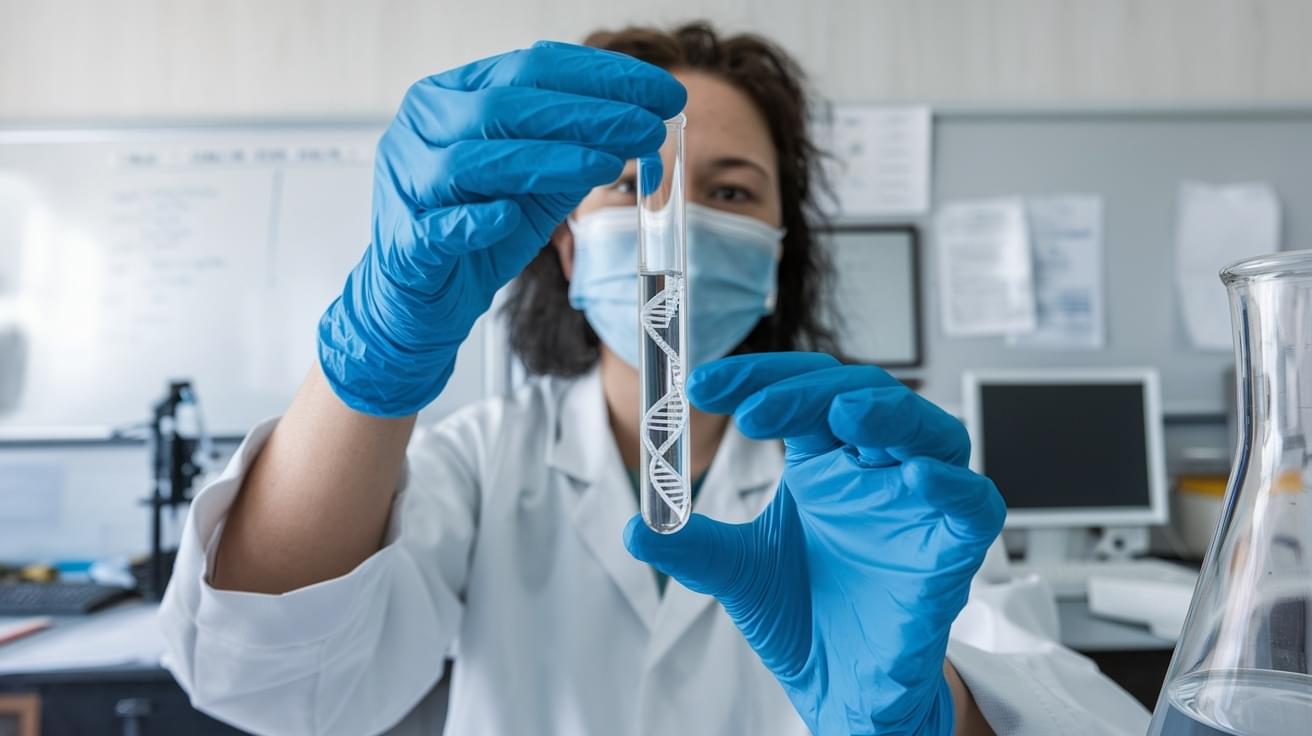


Many foods are marketed for their antioxidant benefits, which help neutralize reactive oxygen species.
A species is a group of living organisms that share a set of common characteristics and are able to breed and produce fertile offspring. The concept of a species is important in biology as it is used to classify and organize the diversity of life. There are different ways to define a species, but the most widely accepted one is the biological species concept, which defines a species as a group of organisms that can interbreed and produce viable offspring in nature. This definition is widely used in evolutionary biology and ecology to identify and classify living organisms.
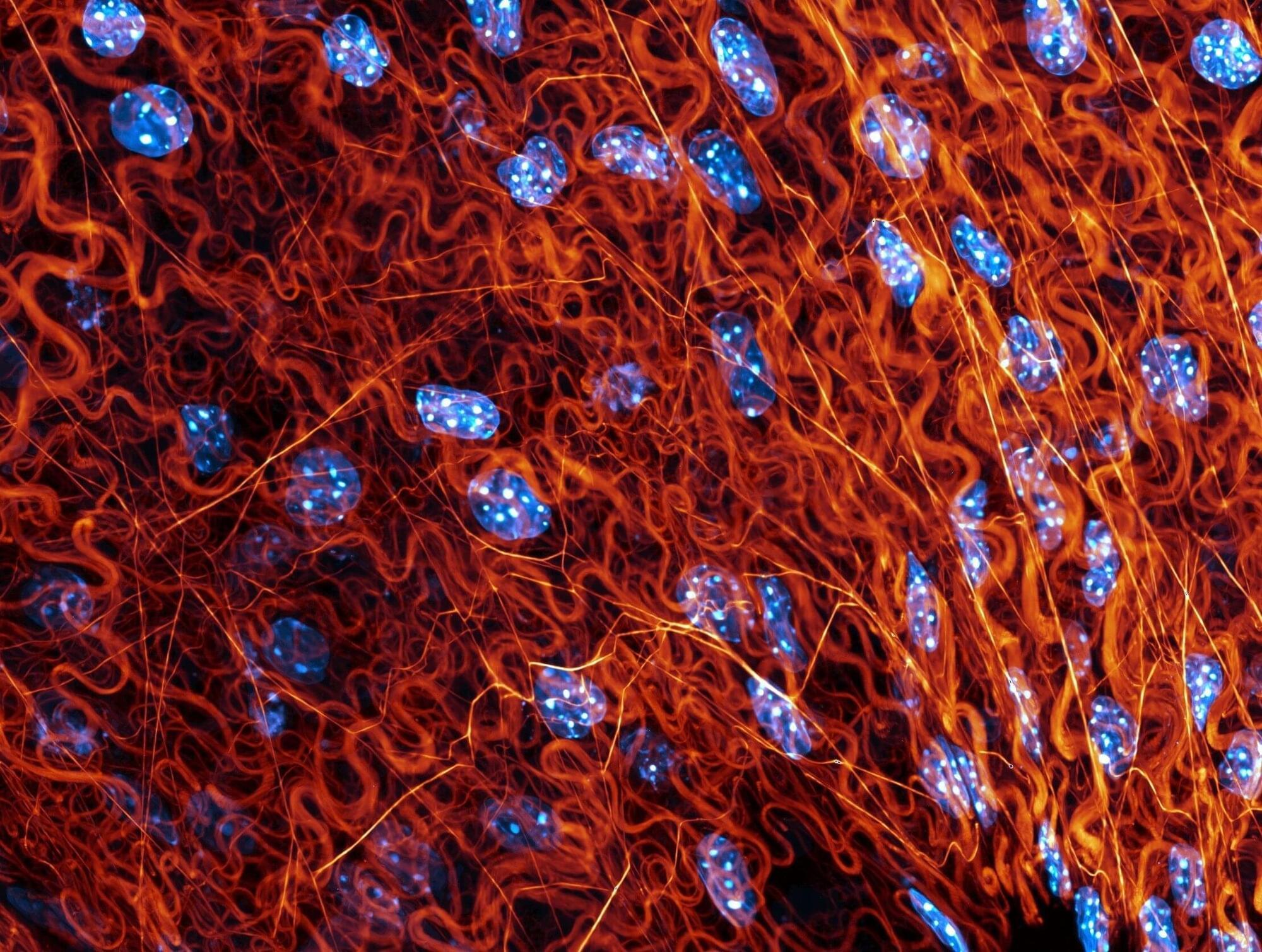
Before arriving at Janelia three years ago, Postdoctoral Scientist Antonio Fiore was designing and building optical instruments like microscopes and spectrometers. Fiore, a physicist by training, came to the Pedram Lab to try something new.
“I focused on the physics rather than investing in the biological applications of the optics I was developing,” Fiore says. “I came to the Pedram Lab in search of a different kind of impact, joining a team that explores areas of biology that need new tools, while keeping a connection to light microscopy.”
So far, Fiore’s new direction is paying off.
We’ve talked a lot about reversing aging and immortality through AI but does it REALLY POSSIBLE? Ray Kurzweil believes we can achieve immortality by 2029, and Bryan Johnson is already using AI to slow his biological age. Is this the future of human longevity?
Chapters:
Intro 0:00 — 1:09
Can We Stop Aging? 1:10 — 2:21
AI Could Reverse Aging Process 2:22 — 2:52
Blueprint Project 2:53 — 5:30
Longevity Escape Velocity 5:31 — 6:57
Scary Consequences 6:58 — 7:43
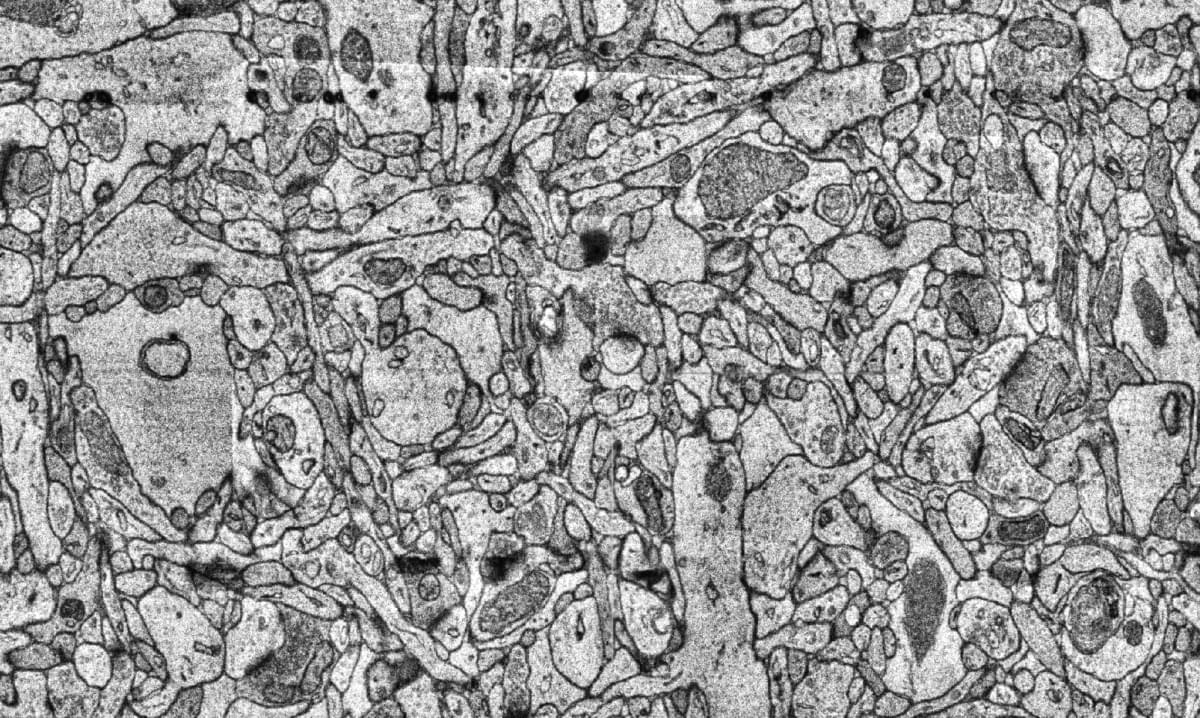
I presented these slides (PDF and images below) during the Workshop on Philosophy and Ethics of Brain Emulation (January 28th-29th, 2025) at the Mimir Center for Long Term Futures Research in Stockholm, Sweden. In my talk, I explored how various biological phenomena beyond standard neuronal electrophysiology may exert noticeable effects on the computations underlying subjective experiences. I emphasized the importance of the large range of timescales that such phenomena operate over (milliseconds to years). If we are to create emulations which think and feel like human beings, we must carefully consider the numerous tunable regulatory mechanisms the brain uses to enhance the complexity of its computational repertoire.
Evolution is traditionally associated with a process of increasing complexity and gaining new genes. However, the explosion of the genomic era shows that gene loss and simplification is a much more frequent process in the evolution of species than previously thought, and may favor new biological adaptations that facilitate the survival of living organisms.
This evolutionary driver, which seems counter-intuitive—” less is more” in genetic terms—now reveals a surprising dimension that responds to the new evolutionary concept of “less, but more,” i.e., the phenomenon of massive gene losses followed by large expansions through gene duplications.
This is one of the main conclusions of an article published in the journal Molecular Biology and Evolution, led by a team from the Genetics Section of the Faculty of Biology and the Institute for Research on Biodiversity (IRBio) of the University of Barcelona, in which teams from the Okinawa Institute of Science and Technology (OIST) have also participated.
Make a tax-deductible donation of any amount to help support Closer To Truth continue making content like this: https://shorturl.at/OnyRq.
Can biology be explained entirely in terms of chemistry and then physics? If so, that’s “reductionism.” Or are there “emergent” properties at higher levels of the hierarchy of life that cannot be explained by properties at lower or more basic levels?
Alan C. Love, Ph.D., is a professor in the College of Liberal Arts at the University of Minnesota. He also serves as director of the Minnesota Center for Philosophy of Science.
Shop Closer To Truth merchandise for unique items like notebooks, mugs, and sweatshirts: https://bit.ly/3P2ogje.
Closer To Truth, hosted by Robert Lawrence Kuhn and directed by Peter Getzels, presents the world’s greatest thinkers exploring humanity’s deepest questions. Discover fundamental issues of existence. Engage new and diverse ways of thinking. Appreciate intense debates. Share your own opinions. Seek your own answers.
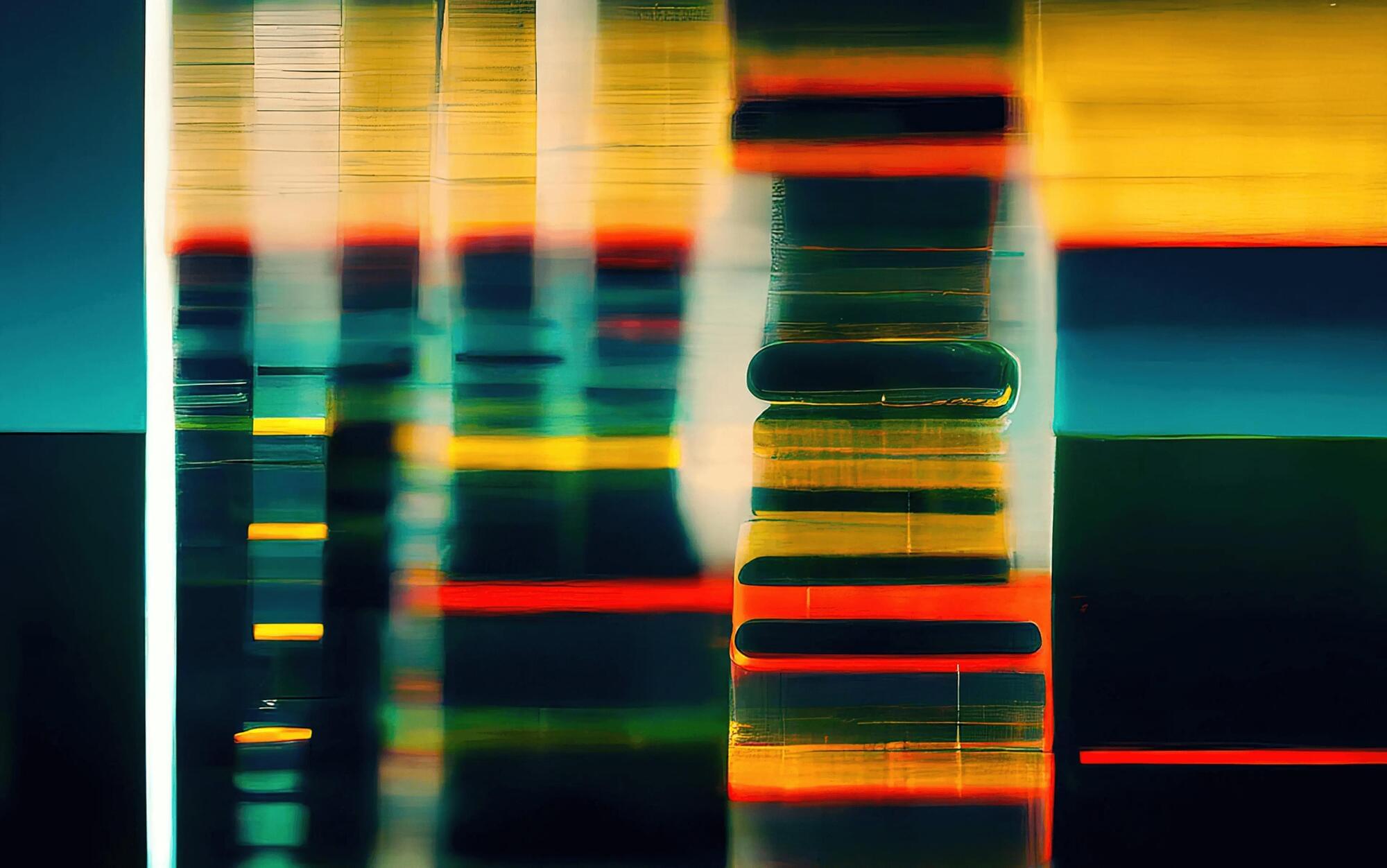
Y ou could be forgiven for thinking that the turn of the millennium was a golden age for the life sciences. After the halcyon days of the 1950s and ’60s when the structure of DNA, the true nature of genes and the genetic code itself were discovered, the Human Genome Project, launched in 1990 and culminating with a preliminary announcement of the entire genome sequence in 2000, looked like – and was presented as – a comparably dramatic leap forward in our understanding of the basis of life itself. As Bill Clinton put it when the draft sequence was unveiled: ‘Today we are learning the language in which God created life.’ Portentous stuff.
The genome sequence reveals the order in which the chemical building blocks (of which there are four distinct types) that make up our DNA are arranged along the molecule’s double-helical strands. Our genomes each have around 3 billion of these ‘letters’; reading them all is a tremendous challenge, but the Human Genome Project (HGP) transformed genome sequencing within the space of a couple of decades from a very slow and expensive procedure into something you can get done by mail order for the price of a meal for two.
Since that first sequence was unveiled in 2000, hundreds of thousands of human genomes have now been decoded, giving an indication of the person-to-person variation in sequence. This information has provided a vital resource for biomedicine, enabling us, for example, to identify which parts of the genome correlate with which diseases and traits. And all that investment in gene-sequencing technology was more than justified merely by its use for studying and tracking the SARS-CoV-2 virus during the COVID-19 pandemic.
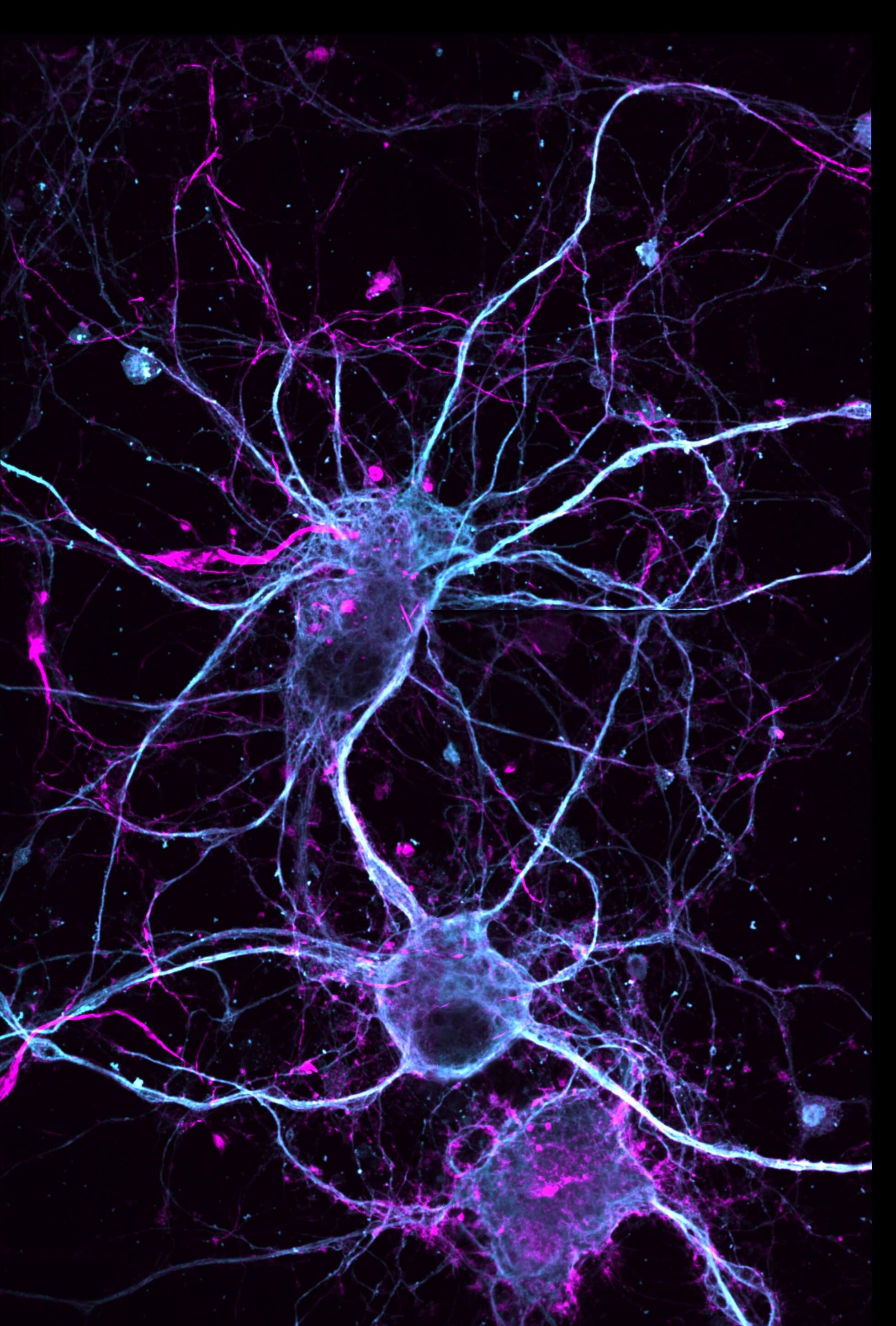
Ibogaine—a psychoactive plant derivative—has attracted attention for its anti-addictive and anti-depressant properties. But ibogaine is a finite resource, extracted from plants native to Africa like the iboga shrub (Tabernanthe iboga) and the small-fruited voacanga tree (Voacanga africana). Further, its use can lead to irregular heartbeats, introducing safety risks and an overall need to better understand how its molecular structure leads to its biological effects.
In a study appearing in Nature Chemistry, researchers at the University of California, Davis Institute for Psychedelics and Neurotherapeutics (IPN) report the successful total synthesis of ibogaine, ibogaine analogs and related compounds from pyridine—a relatively inexpensive and widely available chemical.
The team’s strategy enabled the synthesis of four naturally occurring ibogaine-related alkaloids as well as several non-natural analogs. Overall yields ranged from 6% to 29% after only six or seven steps, a marked increase in efficiency from previous synthetic efforts to produce similar compounds.

DARPA’s Intensity-Squeezed Photonic Integration for Revolutionary Detectors (INSPIRED) seeks to break the quantum noise limit
Optical detectors are essential for converting light into measurable signals, enabling a wide range of critical technologies, such as fiber-optic communication, biological imaging, and motion sensors for navigation. However, their sensitivity is fundamentally limited by quantum noise, which prevents the detection of extremely faint signals in the most precision-demanding fields.
As the world marks the 100-year anniversary of the initial development of quantum mechanics with the International Year of Quantum Science and Technology, DARPA’s Intensity-Squeezed Photonic Integration for Revolutionary Detectors (INSPIRED) program is working to break through the quantum noise limit. By harnessing “squeezed light,” INSPIRED seeks to develop compact, cost-effective optical detectors that can operate at unprecedented sensitivities – allowing signals previously buried in quantum noise to be clearly detected.